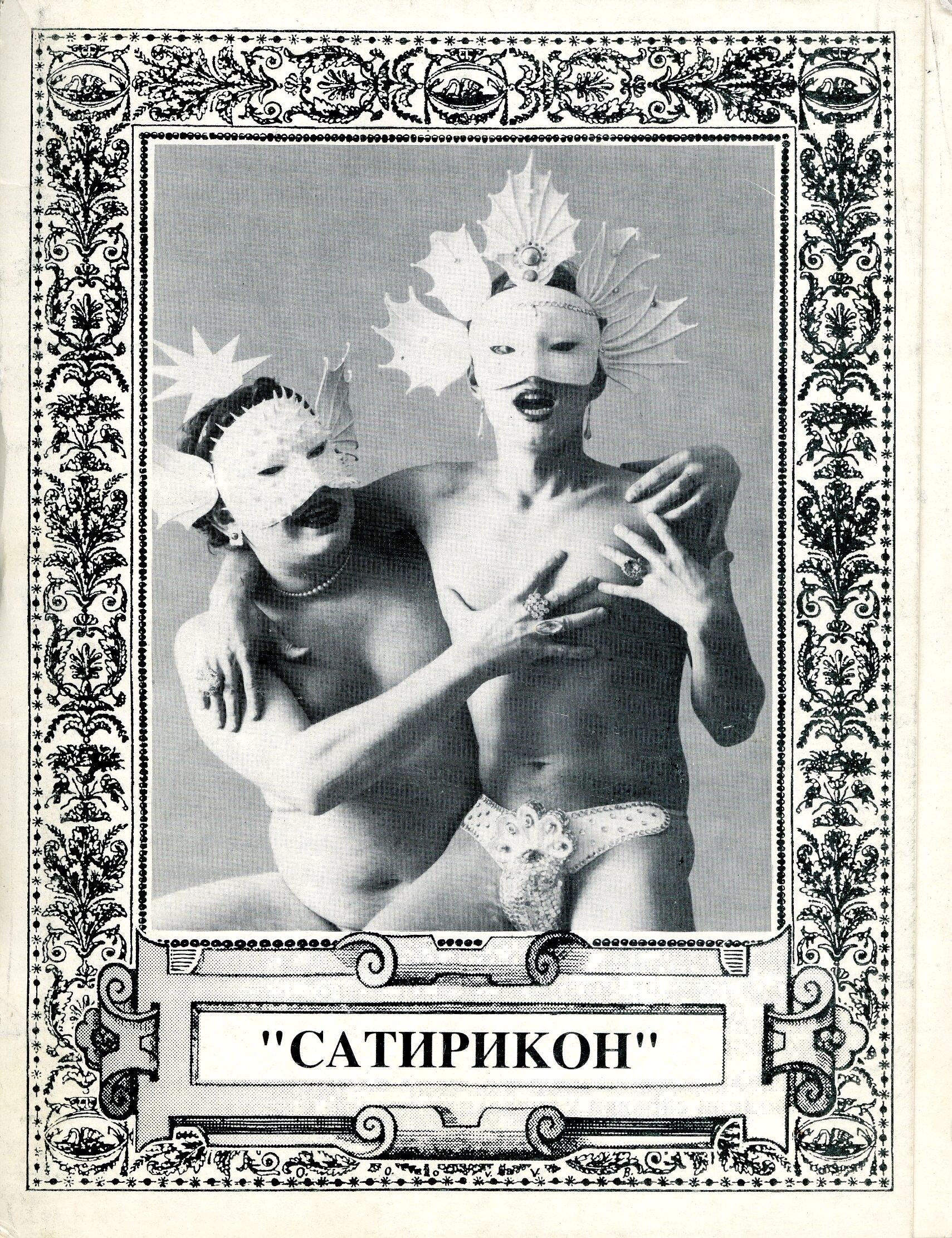Articles by keyword "sexuality"
Queer art in Russia is not a well-defined movement with striking protagonists, clear manifestos, and paradigmatic works. The queer theme in the local art context is represented in the form of a ‘twinkling’ image and, with rare exceptions, reflected in scattered works and texts by individual artists. What allows a researcher to define these artworks as queer works? What understanding of ‘queer’ should art historians rely on, considering the instability of the concept and its slipping away from any clear-cut definitions?
This study critically analyzes representations of the queer migrant subject in two documentaries, A Sinner in Mecca (2015) and Who’s Gonna Love Me Now? (2016). Both films construct a drama of conflicting intersections between religion, national belonging, and sexual identity, which is resolved through a normative pull towards home and its affective restructuring of intimacy in the context of queer migrant subjectivity.




